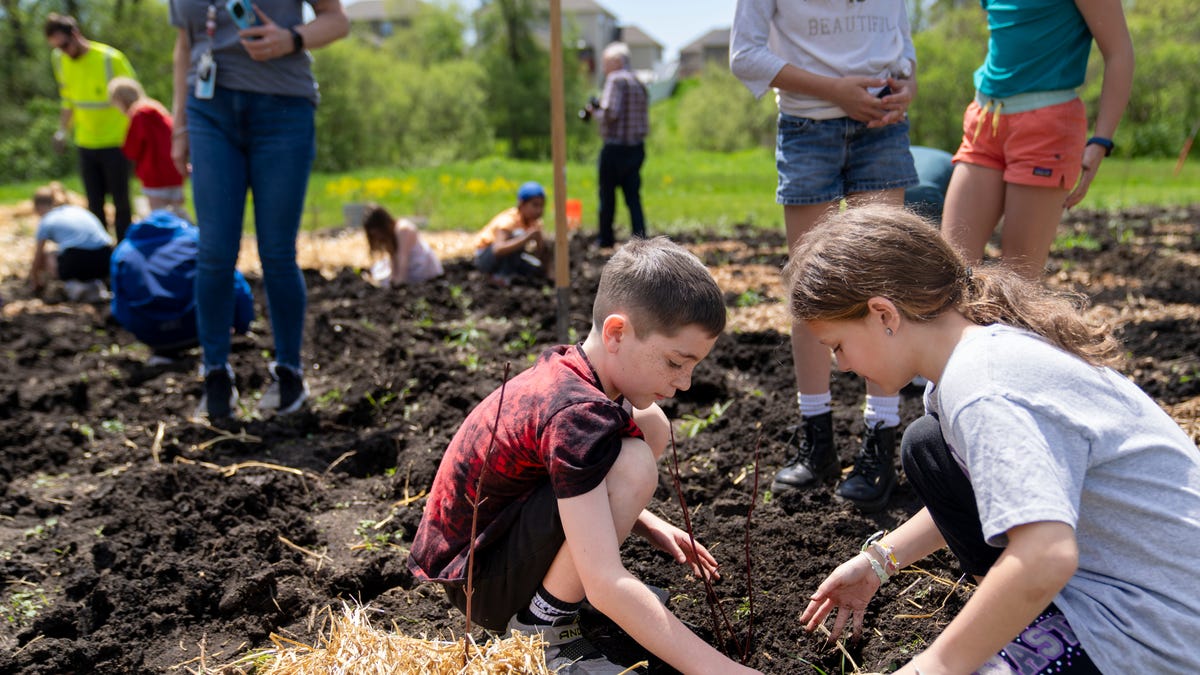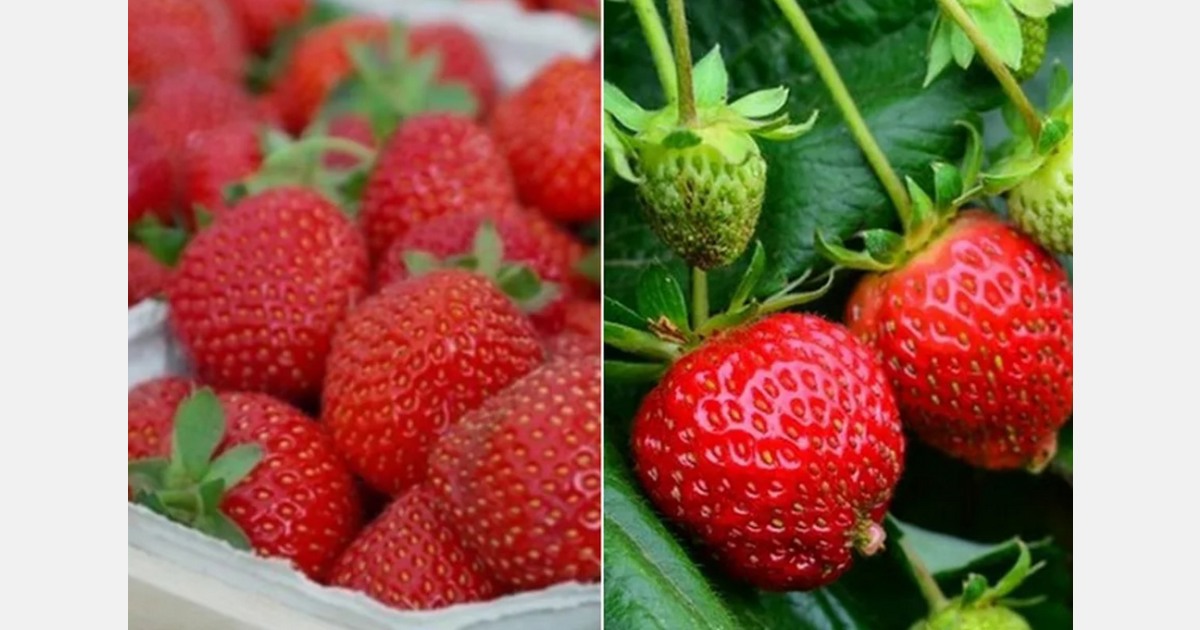CONTRA COSTA — Fearing the development of a major ridgeline just outside Pittsburg, environmentalists are hoping to convince local officials and the developer to create an open-space buffer between them.
Twice approved by the Pittsburg City Council, the Discovery Builders’ Faria project proposes to build some 1,500 homes in the hills southwest of Pittsburg overlooking Thurgood Marshall Regional Park in Concord, where the former Naval Weapons Station was once located.
But before any work can begin, the 606 acres of land must first be annexed into Pittsburg. The Contra Costa Local Agency Formation Commission, which oversees such boundary changes, was set to do that this week, but the item was continued after the small agency was flooded with hundreds of emails and letters, mainly from members and supporters of the nonprofit Save Mount Diablo who have environmental concerns about the proposed project, according to Lou Ann Texeira, executive officer of LAFCO. On its website, Save Mount Diablo calls the planned development “the disastrous Faria project that would bulldoze the top of Pittsburg’s hills.”
Texeira said she reached out to the involved parties to arrange a meeting before the project comes before the agency again on June 12.
“I’m just encouraging them to talk to one another and maybe work something out, to preserve permanent open space in that area,” she said.
In an April 3 letter to LAFCO, Juan Pablo Galván Martínez, senior land use manager at Save Mount Diablo, laid out the group’s concerns, including the project’s potential grading and development of the major ridgeline between Pittsburg and Concord. The project, they say, “would damage resources and agricultural land,” and mitigations are “not sufficient.”
In the 10-page letter, the nonprofit said the Albert Seeno III development group “never provided project-level environmental review as LAFCO has repeatedly said it requires,” nor has it submitted a detailed grading plan or an engineered subdivision map with house lots and streets — something that routinely happens everywhere else at the beginning of environmental review.”
The environmental group also wants the developer to provide more detailed “information that would allow analyses of what would be visible and what would prevent drastic visual and biological impacts.”
In addition, the group is asking for a 400- to 500-foot buffer from Faria’s western fence line to reduce aesthetic and biological impacts, reduce fire hazards and “offset negative impacts of carbon pollution due to project construction, and serve as mitigation for impacts to agricultural land.”
Seth Adams, land conservation director for Save Mount Diablo, said the buffer zone would help.
“I think a whole bunch of issues can be resolved by making a bigger buffer on this county unincorporated land between the development footprint and the edge of Concord,” he said.
Louis Parsons, president of Discovery Builders, said on Monday that Save Mount Diablo “is confused about the Contra Costa LAFCO’s role or is attempting to confuse the public and decisionmakers.”
“The fact is the shape and scope of the project is already approved by the city of Pittsburg,” he wrote in an email.
As for LAFCO’s role, it is to approve the city’s boundaries and “is limited to determining whether the project site can be served by public facilities and services, and related matters,” Parsons wrote. All service providers have already confirmed that they can provide necessary services, he said.
“The agency has enough information to make this decision,” he added. “State law is very clear that LAFCO only needs, and only can demand, adopted zoning plans and general policies to make a decision in these circumstances.”
Parsons further called the project’s environmental review “robust, encompassing thousands of pages” and said the proposed development “satisfies all environmental regulations, including important habitat conservation policies adopted by various local cities and the Contra Costa County Habitat Conservancy.”
He called Save Mount Diablo’s challenge “meritless.”
Plans to develop the hills date back to 2005 when voter-approved Measure P moved the Faria site within Pittsburg’s urban boundary. The city then approved an agreement with Seeno that established guidelines for a permanent greenbelt buffer along the inner edges of the boundary.
The developer filed an application in 2010, modified it in 2014 and again in 2017. The council first approved a version of the project in 2021. But months later, Save Mount Diablo sued, challenging the city’s approval of a planned 1,500-home project.
A judge in 2022 ruled that the city’s environmental review failed to properly analyze the project’s effects on air quality, traffic, water supply and possible impacts of the proposed 150 accessory dwelling units. The developer’s request for a new trial was rejected, and the city later revised some of the environmental documents.
The project was dealt another blow in early 2023 when the city’s planning commission failed to recommend it. But in April of that same year, the City Council gave it a green light.
Pittsburg city officials could not be reached for comment.
Adams said the nonprofit is not against all development but noted there are ways to protect the ridgeline, and the Faria development could be improved to do that.
As it is, Adams called the project “the worst ridgeline development in Northern California.” It not only would be overlooking park open space, “it would be next to it in various places,” he said.
Discovery Builders, meanwhile, said they previously agreed with the East Bay Regional Park District “to better harmonize the proposed development” with the district’s recreational plans. The developer had sued EBRPD in 2020, saying the new regional park would cause undisclosed impacts on the environment and their planned 606-acre Faria housing development. But after lengthy discussions, the parties settled, and the park district agreed not to object to annexation.
Adams blames any delays on the developer.
“All of the delays were caused by Seeno, primarily, because they’ve never, ever actually revealed the true nature of the project,” he said.
Texiera, meanwhile, said that if LAFCO approves the project in June, there will be a 30-day reconsideration period before approvals would be finalized, unless there are more challenges.
 For more information:
For more information:


:focal(0x79:3200x2040)/static.texastribune.org/media/files/a17b8ae6bda1da87854644486bc700e0/Livingston%20Flooding%20Drone%20Brothers%20TT%2001.jpg)








:quality(70)/cloudfront-us-east-1.images.arcpublishing.com/adn/I57IPNLMRFASXCPP723L7ZRIBA.JPG)



















